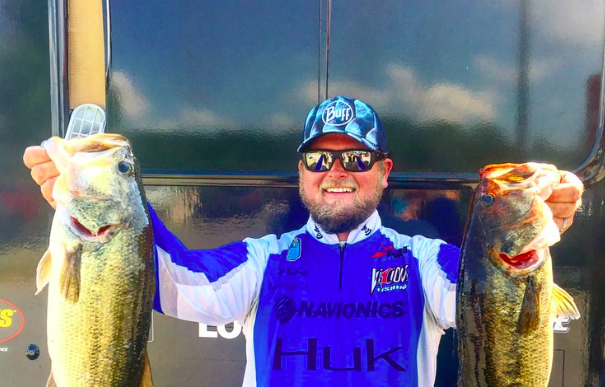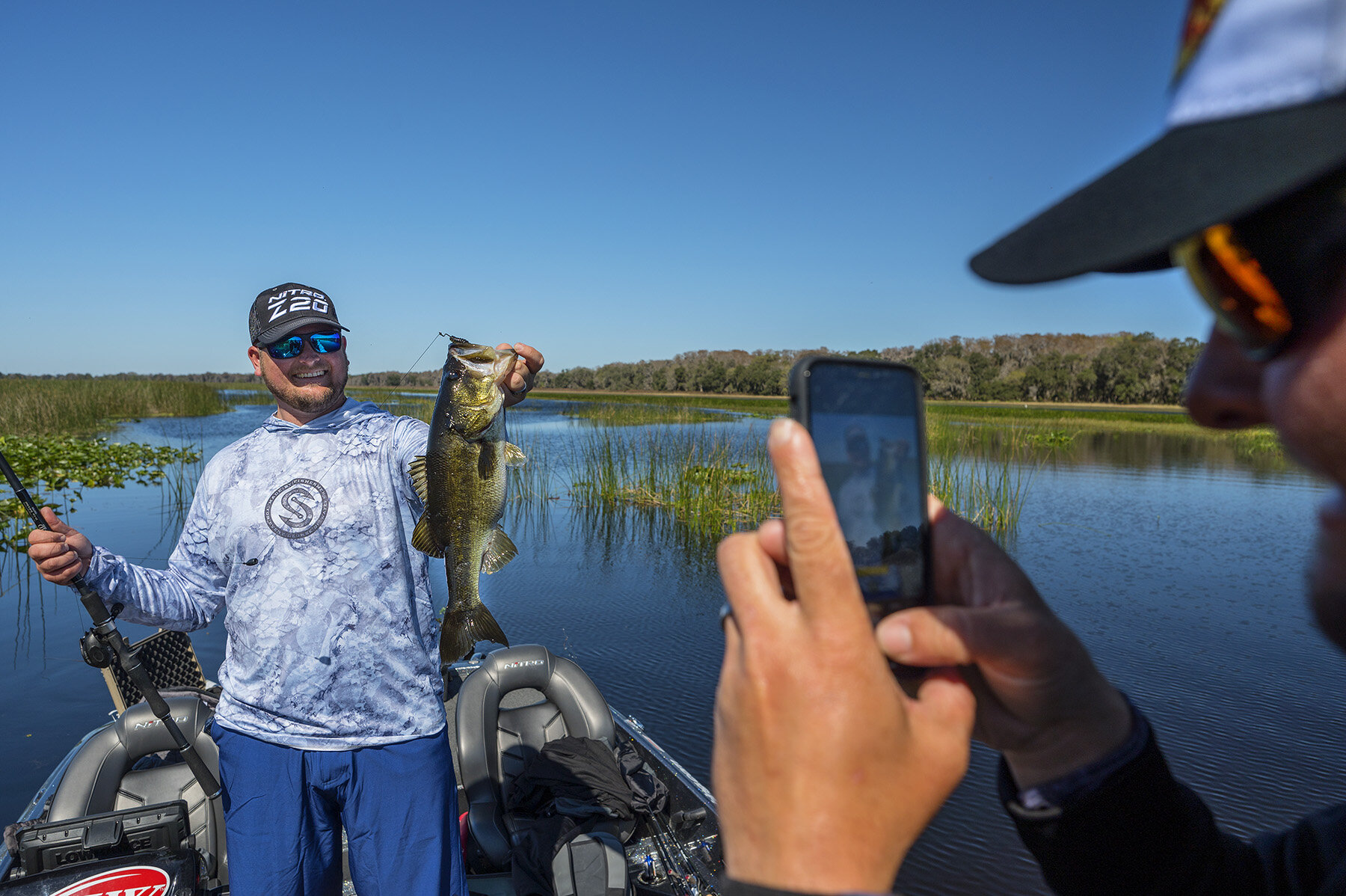Without a doubt, Flipping and the variations of the technique- Pitching and Punching- are my favorite techniques to target bass. In my book, there’s nothing more exciting than getting up close and personal with bass that are dug into their heavy cover lairs and forcing them into submission in my livewell.
Flipping is a technique that requires very specialized tackle in order to be successful getting your presentation in, and getting big fish out, of heavy cover.
Here are my rod choices for various types of Flipping:
Light Flipping & Pitching
In my book, “light” flipping is also what I would consider “pitching.”
When you are faced with flipping hard cover, such as shoreline brush, laydowns, stumps or docks, these are the situations I consider to be light flipping situations. I would also consider flipping sparse grass and reed stalks to be light flipping and pitching on many occasions.
Usually fishing this type of cover you want a rod that is both suitable for braid and heavy fluorocarbon, without being too stiff as to cause break-offs with the later. Most of the time I am also fishing small creature baits, like a Zman Palmetto BugZ, or Boar HogZ, as well as a small flipping jig between 3/8oz or 1/2oz.
With these two things being considered, I prefer to use a rod with a very fast action and a Medium-Heavy powered backbone. The rod that I have a ton of confidence in is the Fitzgerald Vursa Series 7’6” Medium Heavy casting rod. This rod has an excellent backbone for guiding big fish out of cover, but it also has a tip that flexes enough on a powerful hookset to help reduce break-offs when using fluorocarbon. It also is a very nimble, light, and comfortable rod that helps me maintain efficient and precise pitching and flipping throughout the day.
All Around Flipping
Anytime you are on a lake with lots of grass, more than likely you will be using a traditional flipping tactic to go after fish in moderate to heavy cover.
Faced with matted submergent grass, heavy reed lines, light hyacinth mats and pads, you need a rod that has a strong backbone but is also easy to use all day long.
The standard for all around heavy cover flipping has been the 7’6” heavy-action Flipping sticks that are the industry standard, and this is no different for me. I have really come to trust the Fitzgerald rods “Okeechobee Rod,” which is a heavy-action rod that is easy to use all day long, but can handle lure weights from ½-ounce to 1-ounce very easily and is perfectly suited for braid up to 80-pound test.
I have come to like this rod for almost all my heavy grass techniques, such as for the Zman Grass KickerZ, frog fishing over mats, and using buzz-style toads.
The Slop
For the most extreme heavy cover environments- such as dense junk mats, hyacinth mats and thick submergent grass mats- you must have an equally extreme rod to handle the task.
When I’m forced to use the heaviest braided line and weights ranging from 1 ¼ ounce to 2-ounces, that is when I select a 7’8” to 7’11” heavy power rod that gives me the ultimate backbone to pull a juiced-up “bear-man-pig” of a bass out of the slop.
I have entrusted my punching endeavors with the Fitzgerald “Big Jig/Mat Flippin’ Rod” which is a 7’8” xtra-heavy power rod that handles these situations perfectly.
I cannot emphasize the importance of selecting the right rod for flipping tactics. Matching any of these three rods with a Quantum Smoke HD reel and you will have the perfect setup to help you catch more fish in the bass jungle!
-Sonar





























Living in an area that doesn’t have a winter season can seem like a blessing to boaters. You don’t have to worry about winterizing your boat or protecting it from the snow and freezing temperatures. However, living in sunny climates can also be a bad thing for your boat. Constant exposure from the sun’s UV rays can cause damage to different parts of your boat, resulting in avoidable repairs and costs.